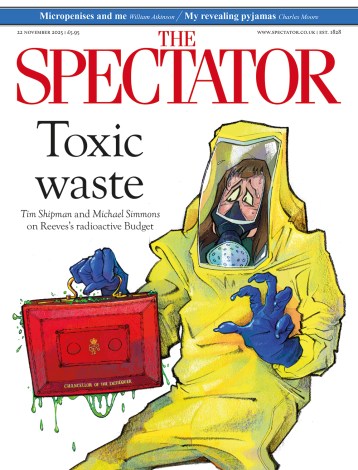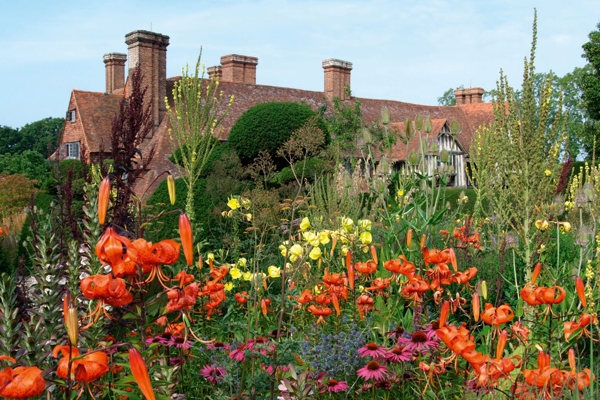‘Write about the best English gardens,’ says the email from the deputy editor, ‘or what makes a good garden?’ That’s a bit like saying, ‘write about the best paintings, or the best music.’ Beauty is in the eye of the beholder and we now behold so many varieties of English garden that it is hard to tell what Englishness is any longer. But it is probably safe to say that the trend is no longer lavender and roses and formal enclosures of yew and box, nor grassy parks with statues and studied references to high learning.
When Kent leaped the fence in the 18th century and saw all nature as a garden, the whole world clapped. Pevsner called it ‘by far the greatest contribution England has made to aesthetic theory’. But to-ing and fro-ing with nature has always been a feature of our gardens, so the reaction arrived with the Victorians, who put the wild behind the fence again. After them, the arts and crafts designers — starting with Jekyll and Lutyens and moving through to Hidcote and Sissinghurst — caged their flowers in rooms outdoors. Now nature is back inside the pale, with wild meadows and grasses dominant and high-maintenance horticulture falling out of favour. English gardens have seen long bouts of Romantics versus formalisers, and I know which I am always for. Not a nature reserve — which is also currently riding high — but a place on the brink of disarray.
Vita Sackville-West said a garden should never look definitive or inevitable and her formal boundaries were always blurred. Minimalists of today make beautiful objects to look at but not places where you want to lose yourself. Blurring is verboten. Christopher Bradley-Hole’s latest, at Chelsea last week, represented the English Landscape seen through a Japanese prism. It was restrained and intellectual but hardly moving (Goethe said that English gardens were made not to a plan, but to a feeling in the head). Portrack, the Jencks conceptual garden, deals among other things in theories of fractal geometry. The much-admired Dutch gardener Piet Oudolf and his disciples favour grasses which turn taupe‘n’tan all winter, and all these current styles are ‘best gardens’ for some. I no longer know if they are ‘English’.
It is of course a matter of personal taste. My favourites might include Great Dixter, which I love for its exuberance and for daring to experiment. And for being so sensitively and beautifully gardened, because whatever else has changed it still matters that a gardener knows what to do and does it well. Barbara Hepworth’s garden at St Ives is dramatic in its manipulation of mass and space. (It is not true that gardens need colour to be effective.) For a modern garden that draws in the landscape, I might choose Graham Gough’s Marchants near Glyndebourne, where wavy hedges echo the Downs and grasses rustle in all the borders. For a historic garden, Rousham made by Kent is still a powerful place. At Boughton, Kim Wilkie has made an extraordinarily moving addition to an earlier landscape. But if you ask me what my ‘best’ garden is, it is, at most moments, my own.






Comments